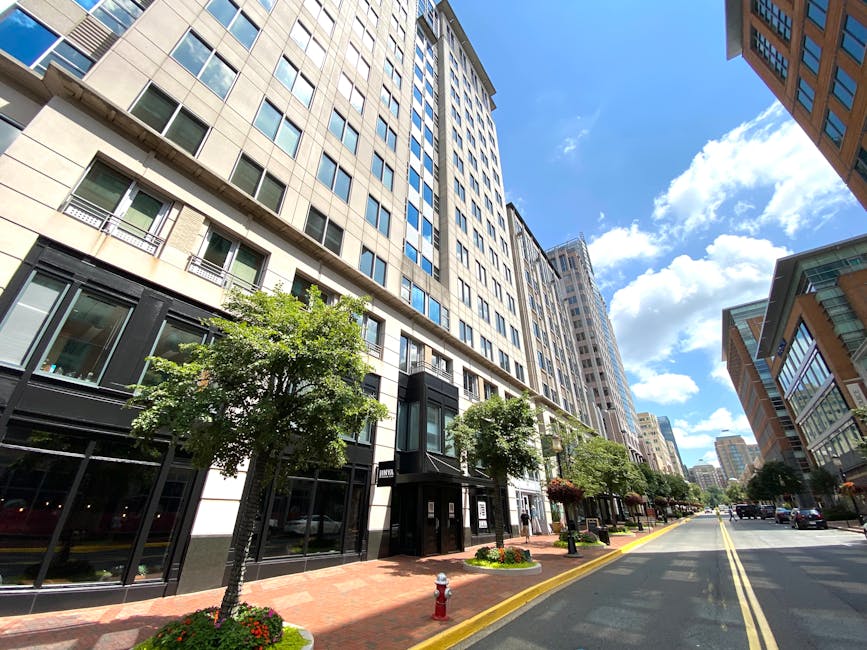So you’re looking at Google Ads for 2025. Smart move. But the first question that pops into pretty much everyone’s head is the big one. How much is this thing actually going to cost me?
It’s a fair question. You hear stories about people spending a fortune. You also hear about small shops getting tons of leads for cheap. The truth is, it’s not a simple price tag.
Asking “how much does Google Ads cost” is kind of like asking “how much does a car cost?”. A beat-up sedan is one price. A brand new sports car is another. They both get you down the road, but the experience and the price are worlds apart.
Google Ads is the same. There’s no flat fee. You’re not buying a subscription. What you spend is up to you, but what you get for that money, well that’s where it gets interesting.
So, What’s the Real Deal with Google Ads Pricing?
Google Ads runs on what is basically a big, fast auction. It happens millions of times a day, every single time someone searches for something. It is this system that is considered to be the core of their pricing.
You tell Google the maximum you’re willing to pay for a click. This is your “max bid”. But you don’t always pay that full amount. You only pay just enough to beat the person ranked below you.
This whole process is called Pay-Per-Click, or PPC. You pay when someone clicks your ad simple as that. If your ad shows up a thousand times and nobody clicks, you don’t pay a dime for those views.
Normally, the cost for each click can be anything. From a few cents to over fifty dollars. It all depends on a bunch of different things happening behind the scenes.
The Big Things That Mess with Your Ad Costs
Your final Google Ads cost isn’t just one number. It’s a mix of different factors all mashed together. Some you can control, and some, well, you just have to deal with them.
Your Industry and Keywords (The Big Kahuna)
This is probably the biggest factor. Some keywords are just way more expensive than others. A click from someone searching “personal injury lawyer near me” is going to be wildly expensive.
Why? Because a single new client for that lawyer could be worth tens of thousands of dollars. So law firms are willing to bid a lot for that click. The competition for a click, it can be really intense.
But a click for “handmade dog collars” will typically be much cheaper. The value of a single sale is lower, so the bids are lower too.
High-Cost Industries: Finance, Legal, Insurance, HVAC services.
Lower-Cost Industries: Hobbies, Arts & Crafts, local events.
Quality Score: Google’s Secret Sauce
Now this is a big one. Think of Quality Score as your report card from Google. It’s a rating from 1 to 10 that Google gives your keywords and ads.
A high score means Google thinks your ad and landing page are good, and they give you a discount so to speak. A low score means they think your stuff is junk, and they make you pay more for clicks. Sometimes they won’t even show your ad.
What goes into it?
Expected Click-Through Rate (CTR): Does Google think people will actually click your ad?
Ad Relevance: Does your ad match what the person searched for?
Landing Page Experience: Is the page you send people to useful and easy to navigate?
A high Quality Score can seriously lower your cost-per-click. It’s Google’s way of rewarding advertisers who provide a good experience for searchers.
Where and When You Show Your Ads
Geography and timing also play a part. It is these settings that can change your costs quite a bit.
Showing ads in downtown New York is normally way more pricey than showing them in a small town in Wyoming. More people, more competition, higher prices. You can target specific cities, states, or even zip codes.
The time of day matters too. If you’re a restaurant that wants lunch orders, bidding for clicks at 2 AM is probably a waste of money. You can schedule your ads to only show up when you want them to.
Let’s Talk Actual Numbers: Budgets and What to Expect
Okay, okay, you want some real numbers. It’s tough because it varies so much. But we can give some general ideas for 2025.
Most small businesses getting started with Google Ads typically spend somewhere between $500 and $2,000 per month. This is just on ad spend, the money that goes directly to Google.
A good starting point for a daily budget is often suggested to be around $10 to $50 a day. This lets you get enough data to see what’s working without breaking the bank right away.
Then there’s the management fee. If you hire a pro or an agency to run your ads for you which many people do, they’ll charge a fee. This could be a flat monthly rate, a percentage of your ad spend, or a mix of both.
That fee can range from a few hundred dollars to several thousand per month, depending on how much work is involved. So you need to factor that into your total “cost”.
How to Not Waste a Ton of Money on Google Ads
It’s really easy to burn through cash on Google Ads if you’re not careful. Here are a few ways to keep your Google Ads cost down and get more for your money.
Use Negative Keywords: These are words you don’t want to show up for. If you sell “men’s dress shoes,” you might add “repair” as a negative keyword so you don’t pay for clicks from people looking to fix their old shoes.
Start with a Small Area: Don’t try to target the whole country at once. Start with your city or a few local areas. See how it goes, then grow from there.
Focus on Long-Tail Keywords: Instead of bidding on a super competitive word like “shoes,” try something more specific like “men’s brown leather oxford shoes size 11.” The search volume is lower, but the person searching is much more likely to buy.
Test, Test, Test: Don’t just set your ads and forget them. Constantly try different ad headlines, descriptions, and landing pages. See what works best and do more of that. It is the testing that makes the difference.
Your Google Ads Cost Questions Answered
What’s a good daily budget for Google Ads?
For a small business just starting, a budget of $10-$50 per day is a pretty normal place to begin. This is enough to gather some initial data and see if it’s working for you, without a huge risk.
Is Google Ads expensive?
Well, yes and no. It can be if you just throw money at it without a plan. But if you’re smart about your keywords, targeting, and Quality Score, it can be a very cost-effective way to get new customers.
Can I do Google Ads for $5 a day?
You can, technically. The system will let you. The problem is that at $5 a day, you might only get a few clicks, or maybe even none in a competitive market. It will be very hard to get enough data to make good decisions.
How long until I see results from Google Ads?
You can start seeing traffic and clicks almost immediately after your campaign is approved. Seeing a positive return on your investment, though, usually takes a bit longer. Give it at least a month or two of testing and tweaking to really know if it’s working.
Key Takeaways
There is no fixed cost for Google Ads. It’s an auction, and you set your own budget.
Your industry and the keywords you choose are the biggest drivers of your cost-per-click.
Google’s Quality Score is super important. A better score means you pay less for better ad positions.
The amount you spend is up to you, but most small businesses start with a budget of $500-$2,000 per month.
Don’t just “set it and forget it.” To control your Google Ads cost, you need to actively manage your campaigns, use negative keywords, and test everything.










